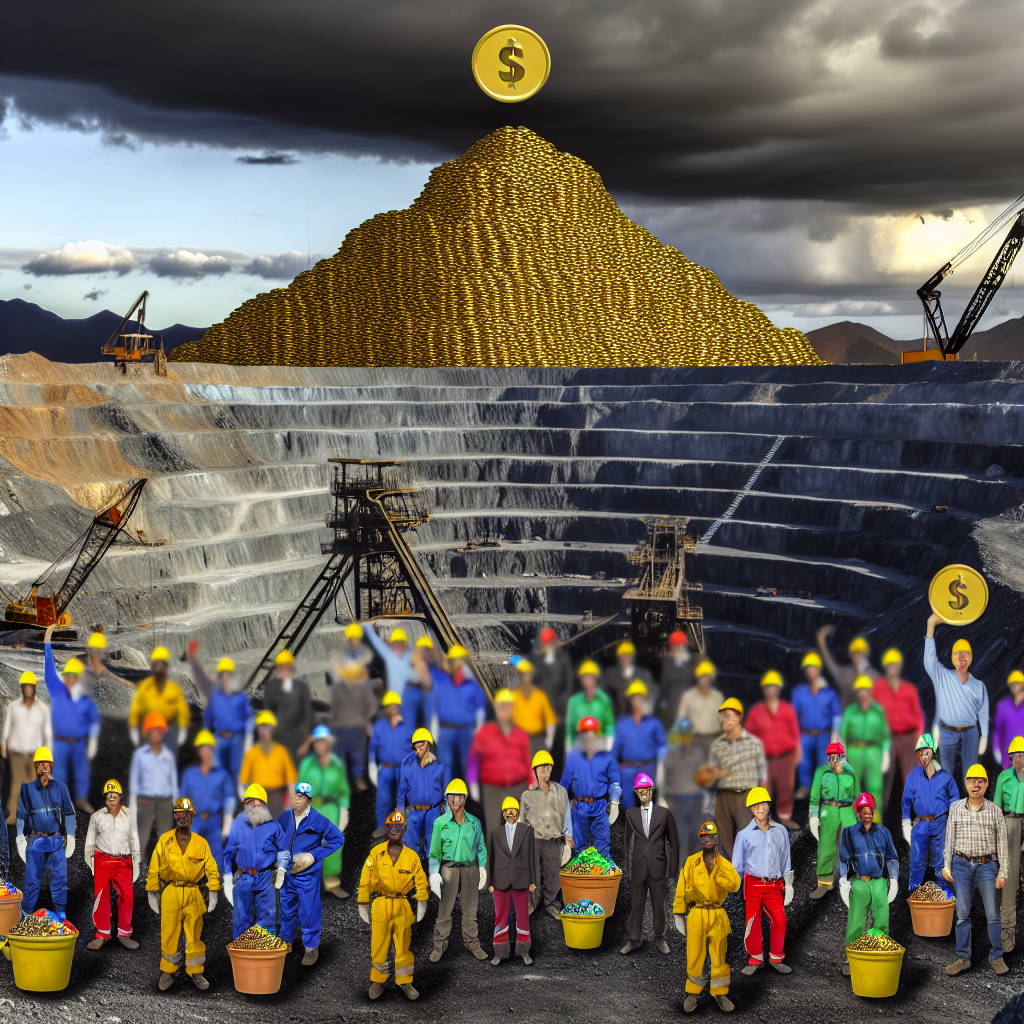Bitcoin (BTC) miners have secured $11 billion in convertible debt — a type of corporate debt convertible to stocks — over the past year as they pivot toward artificial intelligence data centers.
Following the April 2024 Bitcoin halving that reduced the block reward by 50%, miners executed 18 convertible bond deals, according to TheMinerMag.
The average convertible bond issue more than doubled, with companies such as MARA, Cipher Mining, IREN, and TeraWulf each raising $1 billion in single bond issues. Some present offerings feature coupons as low as 0%, reflecting investors’ readiness to forgo interest payments for potential equity gains.
In comparison, most convertible bonds issued by Bitcoin miners the previous year ranged from $200 million to $400 million.
The mining sector diversified into AI data centers to mitigate revenue shortfalls post-April 2024 halving. Miners continue to face a difficult business landscape influenced by tokenomics, trade regulations, supply chain challenges, and escalating energy costs.
Related: Bitcoin miners capitalize on gains after Jane Street reveals investments
Miners prepare for hashrate competition and energy-intensive AI ventures
Miner debt has risen by 500% over the last year, totaling $12.7 billion, as reported by investment manager VanEck.
However, analysts Nathan Frankovitz and Matthew Sigel from VanEck pointed out that these debt levels indicate a fundamental issue in the mining sector — substantial capital expenses on mining equipment that often require yearly upgrades.
“Historically, miners relied on equity markets rather than debt to cover these substantial capex costs,” they stated, labeling the high hardware expenses necessary for competitiveness as a “melting ice cube.”
The Bitcoin mining hashrate, representing the total computing power securing the network, continues its upward trajectory, compelling miners to invest increasingly in computing and energy resources over time.
In October, US Energy Secretary Chris Wright suggested a regulatory amendment to the Federal Energy Regulatory Commission (FERC) permitting data centers and miners to connect directly to energy grids.
This change would allow these energy-heavy operations to meet their power demands while serving as controllable load resources for the energy grid, aiding in balancing and stabilizing electrical systems during high demand periods while reducing excess energy during low demand.
Magazine: 7 reasons why Bitcoin mining is a poor business decision

